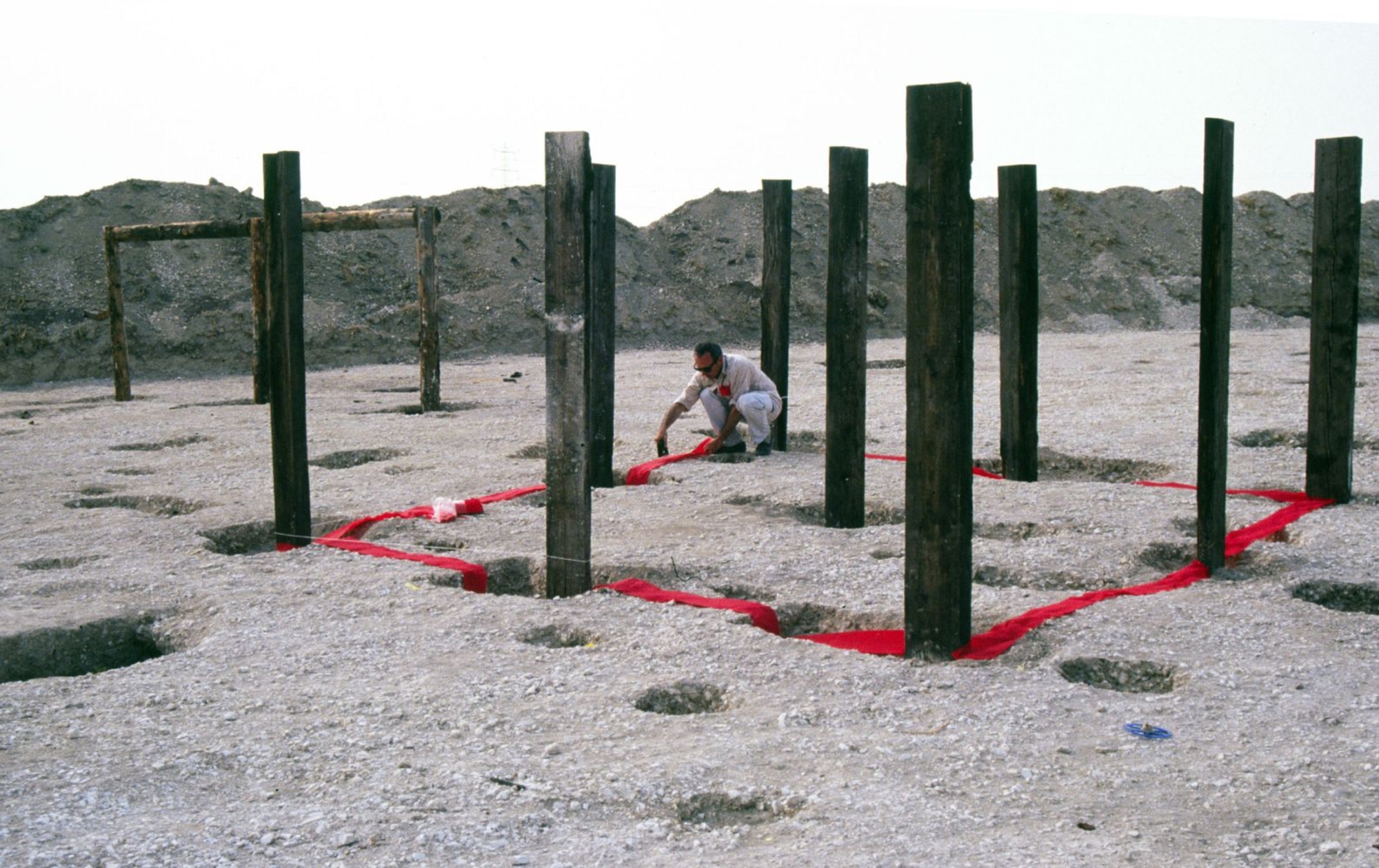
- Home
- Archaeological research
- 20 years of archaeological research
The vast archaeological site at Acy-Romance was discovered during an aerial survey in 1979. Huge filled-in ditches, the largest 76 metres long, indicated the presence of a protohistoric necropolis. From 1980 to 1988, a whole ensemble of tombs, funerary and religious monuments dating from the final Bronze Age (1100 years BC) to the early Gallic period (450 BC) were excavated.
After 1988, research focussed mainly on the Gallic village established on the plateau and sides of the chalky outcrop standing forty metres above the valley of the Aisne. At the foot of the plateau 300 metres away, the inhabitants could access the river and permanent springs. The cemeteries on the periphery of the settlement were studied at the same time.
The village occupied an area estimated at about 17 hectares. Right at the start of the research the working methods had to be defined, as well as an excavation technique. Not for one second did anyone think the work would go on for fifteen years. Choices in archaeology can prove prudent or disastrous, depending on the objectives set at the outset. In effect, once a dig has been completed, there is no going back and mistakes cannot be corrected. Excavating in the summer over a number of years offered the advantage of leaving long months to reflect on and analyse the information and to reorientate, refine and sometimes to modify or redirect the programmed research. In this way the excavation of Acy-Romance became a veritable "laboratory", drawing on the expertise of a number of specialists.
Associated media
Open Media Library
